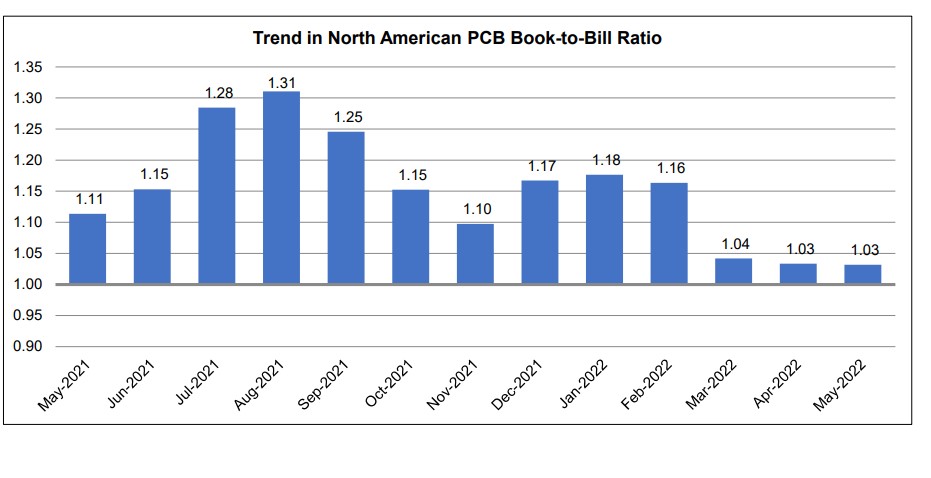Evaluations onThe Mixing andReliability Testingof Tin-Bismuth Pastes withSnAgCu BGA Components andReliability Failure Analysis Comparing CT (Computed Tomography) Inspection andCross-Sectioning
Recently there has been an increase in the evaluation of low temperature lead-free soldering materials, such as tin-bismuth, in a process known as “hybrid assembly” in which higher temperature SnAgCu BGA/CSP components are assembled using low temperature tin-bismuth based pasts at typical tin-bismuth paste reflow soldering temperatures. One of the concerns in terms of assembly and reliability is the mixing of the high and low temperature alloys and its influence on reliability. A study was done to compare a series of tin-bismuthbased solder pastes (Sn58Bi, Sn57.6Bi0.4Ag, Alloy A, Alloy B, Alloy C, Alloy D)assembled with higher temperature SnAgCu BGA daisy-chained components and SnAgCu paste with SnAgCu BGA components in terms of thermal cycle reliability testing from -40°C to +125°C. Thereliability test vehicles (RTV) were thermally cycled from -40°C to +125°C until failure up to 3,000 thermal cycles for the tin-bismuth paste assembled boards and until failure up to 5,500 thermal cycles for the SnAgCu paste assembled boards.
The tin-bismuth pastes assembled with SnAgCu BGA components showed 1stfails between 1,500 and 2,000 cycles. By 3,000 cycles most of the tin-bismuth paste test board components had full fails or partial fails. In comparison the 1stfails with SnAgCu paste assembled with the SnAgCu BGA components did not occur until 2,500 cycles with some of the SnAgCu paste assembled SnAgCu BGA components not having fails after 5,500 cycles.
A challenge during the failure analysis was that individual BGA solder joints on the RTVs could not be electrically measured to identify the specific solder joints which failed during thermal cycling. The failed thermally cycled test vehicles were, therefore, evaluated using non-destructive CT (computed tomography) inspection to investigate which specific solder joints in the BGA component showed solder joint cracking. Based on the CT inspection analysis, the locations where there was evidence of cracking in the solder joint were cross-sectioned to validate the results of the CT inspection.
There was good correlation between the CT analysis and cross-sectioning in terms of determining solder joints which had cracking from thermal cycling. In a majority of the boards cross-sectioned, 100% cracking in a specific solder joint was identified. Most of the cracking observed was at the board side of the solder joint in contrast to SnAgCu joints, where the cracking would typically occur at the component side.
Solder joint cracking in the tin-bismuth paste with SnAgCu BGA component boards was found to occur at both the component and board side of the solder joint with most of the cracking at the board side of the solder joint. Solder joints with full fails had 100% cracking at the board side.


